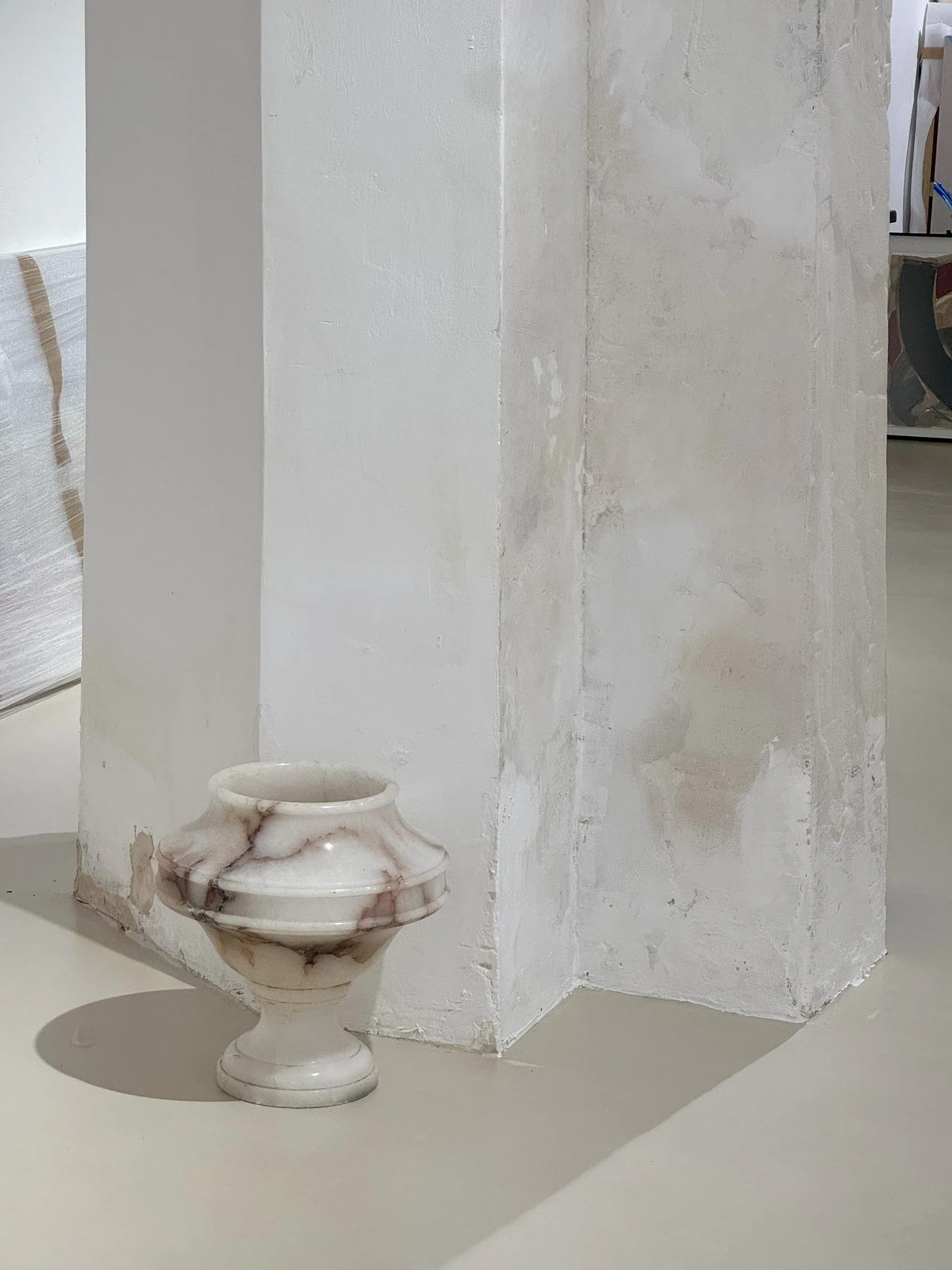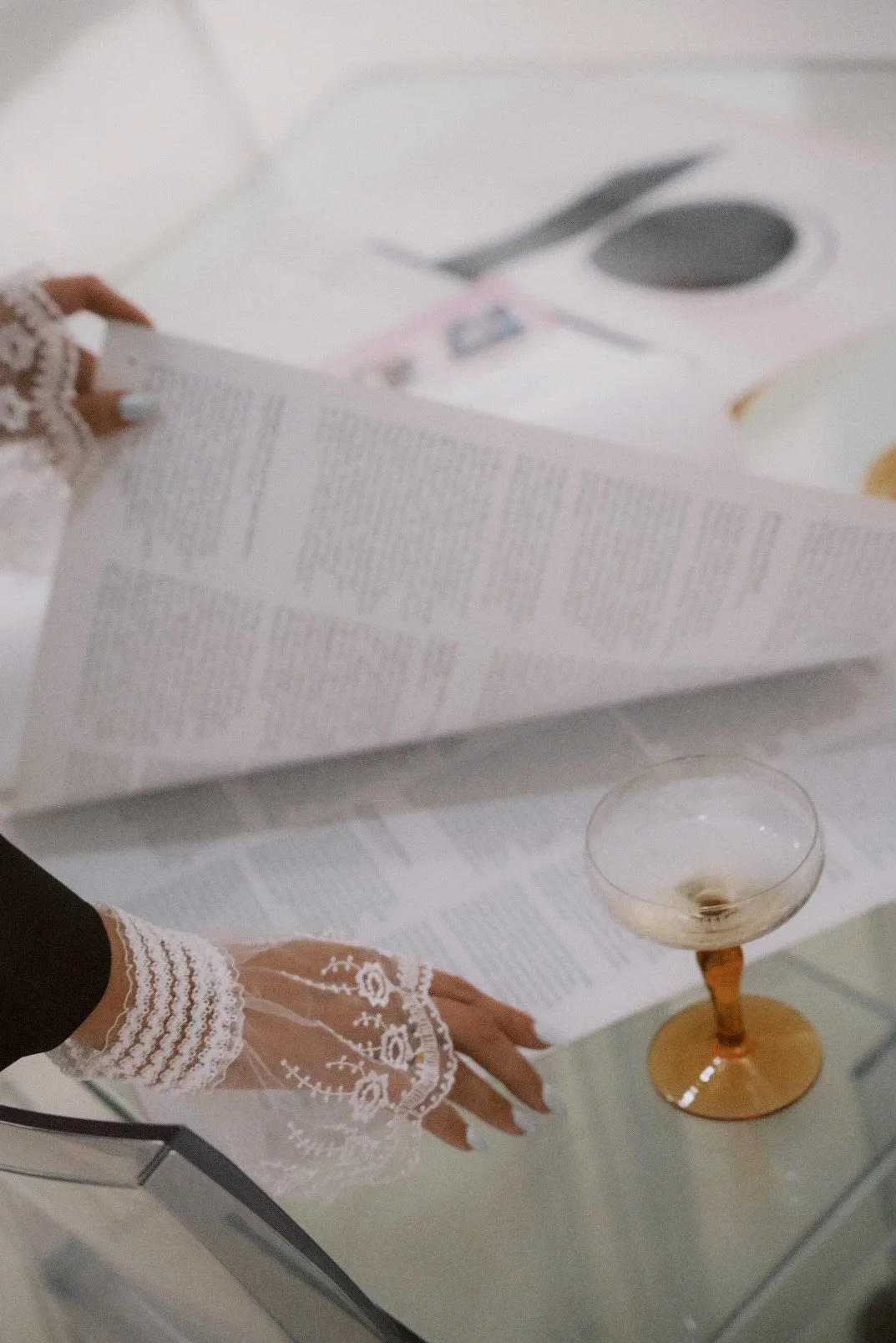BASP
cr
Born at Matiz Gallery, Barri de l’Art Sant Pere, Santa Caterina i la Ribera (BASPcr) is a neighborhood lab that seeks to reclaim exhibitions as spaces where art, community, and social imagination converge — spaces for collaboration, self-organization, and empathy. Our first step was to ask a simple question: who are we as a neighborhood? In 2024, with support from the Institut de Cultura de Barcelona (ICUB), Matiz carried out a psychogeographic study to uncover both the pressing problems and the collective strengths of Sant Pere, Santa Caterina i la Ribera, collectively known as El Born.
As Sartre wrote, freedom has always been a collective act. In Europe today, migrant communities carry that same truth: change emerges when their voices and experiences come together. BASPcr is a cultural laboratory that only reaches its full meaning when multiplied: its method of self-organization and solidarity can grow here in Sant Pere, Santa Caterina i la Ribera, but it gathers true strength when replicated across neighborhoods and capitals in Europe, where migrant memory and experience are recognized as engines of change.
AMONG US
Among Us marked the reopening of Matiz Gallery’s renovated space and gathered artists and thinkers from Georgia, Latin America, and Europe. The exhibition featured paintings by Nina Akhobadze, the independent publication Danarti_zine, and a roundtable led by AEA: Culture Initiative, where women-led collectives discussed how self-organized artistic practices can create spaces of belonging and solidarity across borders.
Among Us is the first intercultural actions of BASPcr (Barri de l’Art Sant Pere, Santa Caterina i la Ribera)
Aerial view of Sant Pere, Santa Caterina i la Ribera neighborhood (El Born)
A Global Tradition of Art as Resistance
This approach is not new. Across what is often called the Global South, art spaces have long served as shelters of truth and resistance. In Algeria, theatre troupes and poets carried the independence struggle into villages; in Palestine, poetry readings grew into mass gatherings of collective defiance; in Colombia, colectivos like Teatro La Candelaria invented collective creation as a way of merging art with grassroots organizing; and during apartheid in South Africa, art centers such as the Market Theatre, the Community Arts Project, and the Medu Art Ensemble turned creativity into a weapon of survival and solidarity. These examples remind us that art was never only about beauty — it has always been a way of imagining, resisting, and living together.
-
BASPcr is a collective, replicable project that seeks to organize the cultural agents of Sant Pere, Santa Caterina i la Ribera and to house artistic and cultural initiatives under a shared set of principles. At its base are two convictions:
Immigrant groups contribute profound artistic richness and are a primordial force. As Fanon reminded us, those who endure oppression grasp its truth most clearly — and from this clarity comes the greatest potential for social transformation.
Art and culture are essential tools for building trust and collective belonging.
-
Building on these foundations, BASPcr will develop three key actions:
A publication that both analyzes our neighborhood’s cultural dynamics and serves as a guide for how to self-organize at the neighborhood level.
Digital tools, developed with HCU Hamburg, that measure and analyze social and cultural participation.
A year-long cultural program that highlights the art and culture of local immigrant groups and weaves them into the wider neighborhood fabric — shifting the narrative from stigma to recognition of their richness and beauty, with the ambition of making this an annual tradition.
-
BASPcr matters because our neighborhood is ground zero for Barcelona’s housing crisis, one of the most polluted areas in the city, and home to diverse migrant communities that remain invisible in cultural decision-making. These realities — systemic racism, displacement, environmental injustice and a deep disconnect between citizens and institutions — are exactly why we need new spaces of collaboration, empathy and self-organization. BASPcr responds by using art to make these problems visible and to transform them into opportunities for solidarity and cultural strength.
Partners & European Collaboration
BASPcr is coordinated by Matiz Gallery and developed in collaboration with:
HafenCity Universität Hamburg (CityScienceLab, Germany) – Research partner developing the digital tools for mapping cultural participation.
Aea: Culture Initiative (France/Georgia) – Cultural organization fostering intercultural dialogue through art and migration narratives.
48 Stunden Neukölln (Berlin) – Festival partner contributing experience in community-based art and urban participation.
BASPcr has been submitted to the Creative Europe – Small Scale Cooperation Projects 2026–2027 programme, under the European Commission, as a transnational initiative connecting art, migration, and self-organization across European neighborhoods.




